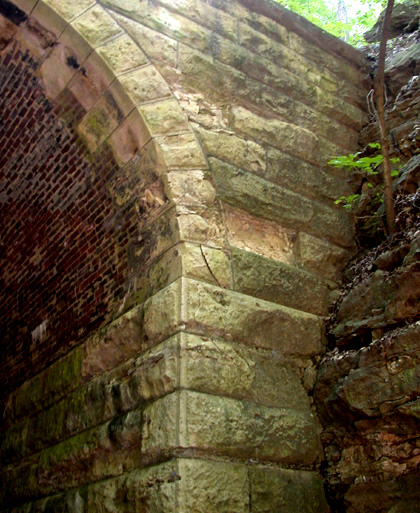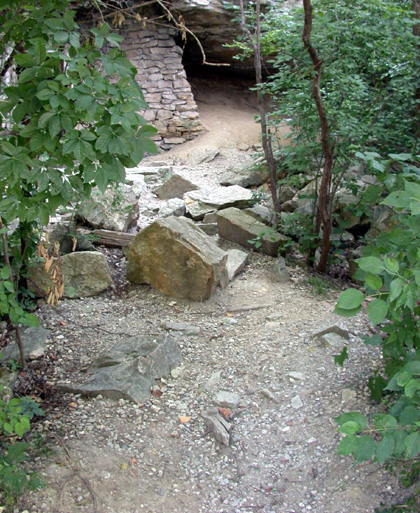Walking down Main, as we would call our barely 5 block long main street that ran through the center of town, I tended to walk with my head down, gaze focused on the ground. This wasn’t because I was a shy child, or a quiet child, or I was being sulky or disrespectful. No, I kept my head down because I was always looking for treasure.
Sometimes I would find a button that someone had lost, or a pretty rock with bits of sparkle embedded in it. On rare occasions, I might find a nickle, which could then be traded at the store for a candy bar that was, well, close to my size in length, or at least that’s how I remember them.
If I found a dime I would buy a candy bar and a licorice rope from the stand close to the register, usually red, though sometimes black when the mood hit. And I would eat both one right after the other if it wasn’t too close to dinner and my mother allowed me. She usually did, though, knowing that candy bought with found money was outside the rules that governed how much candy I could have at any point in time.
If I found a quarter I would stop dead in my tracks and yell out my good fortune, before swooping down to pick it up.
“A quarter! Look, I found a quarter! A whole quarter!”
I would shriek and jump about bringing no end of embarrassment to whoever I was with. I instinctively knew that I’d used up all my good luck for the day so I’d keep my head up and walk along with the quarter held in outstretched hand in front of me, to show to all who passed. Luckily, we knew everyone who walked by or I might get looks of pity — poor daft child.
I would take that quarter home and look at it and gloat over my good fortune, being uncommonly good at gloating. To annoy my brother, I would insist on showing it to him as much as I could, until he threatened to pound me. Then I would wait until dinner to gloat just a wee bit more when Mom was there and could prevent physical violence.
I would save that quarter for trips into the City, the town of about 3000 or so 8 miles away, when we would visit the Five & Dime store. There I would carefully walk the aisles and aisles of sweets and toys, and stock up on more exotic fare, candy necklaces and candy buttons and those plastic things that had the gum and the little toys inside. Sometimes one of my friends would come with us and I would share whatever I bought with him or her. I wasn’t a selfish child, just one filled with the avarice all children have.
(Children are born pirates, becoming more subtle and less greedy over time only because those who mean us well keep teaching us that we can’t have everything.)
I wouldn’t save my found money because, as my Mother understood, found money is treasure and didn’t follow the normal rules of saving money for a rainy day.
I would also find pennies of course. However, even in those days when money meant something, I wouldn’t get too excited about a penny. The most a penny could buy was a bubble gum pipe or a red hot jawbreaker, nothing to get worked up over. Nothing, unless the penny was a new penney. New pennies were the greatest find of all.
I’d be walking along, head down, looking at the sidewalk of rough grays and dusty beige and dark cracks and pebbles. I’d see a glint, a shine of red-gold in the sun, and race up and instead of finding the usual, a piece of broken beer bottle glass, or a sparkly granite pebble I’d find a bright new shiny copper penny.
I never spent my bright copper pennies, but would instead put them into a glass jar that I kept on the table by my bed. Once a week or so, I would take all the pennies out and I would wash each one and dry it with a soft cloth, polishing it just to see the shine, to feel that brightness in my hand.
As I grew older I stopped looking down as much. I was at that age when I could now walk around town by myself and if I kept my head down, I would run into things like people and dogs. Keeping my head down also meant I couldn’t see as much around me and I was beginning to find that cars and adults and dogs and other kids, especially other kids, were much more interesting than treasure, though I still rejoiced when I would find a coin. People come and people go, but candy is a constant.
I also stopped washing my bright copper pennies because I had other things to do with my time. There were trees to climb and hide and seek to play and tether ball — remember tether ball? The pennies began to get duller and darker, pushed back into the corner with each passing month as other things such as drawing pads and big crayons were added to the desk.
Finally one day I wanted something, I don’t know what it was, and I didn’t have enough money. I spotted my jar of pennies and without thinking about it, I opened it, dumped all the pennies into a paper bag and took then down to the bank to covert into useful money. Money I could spend at the store.








